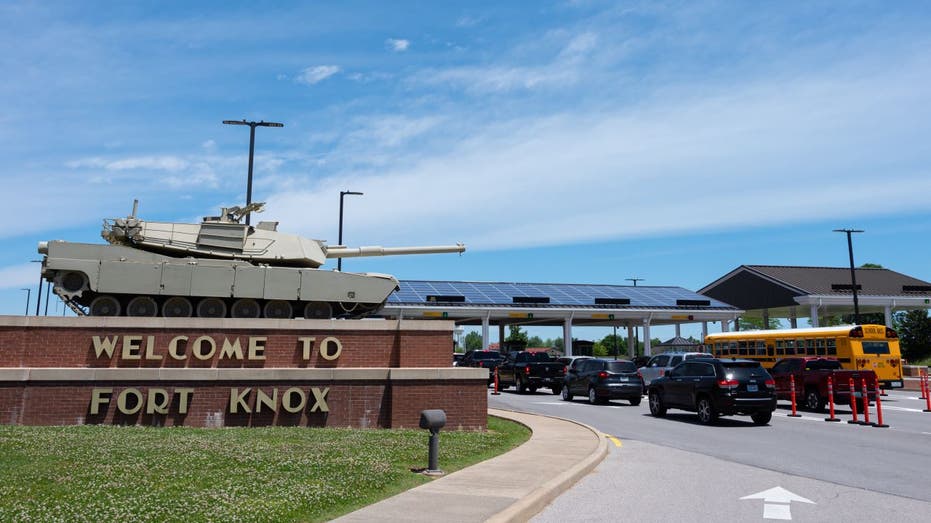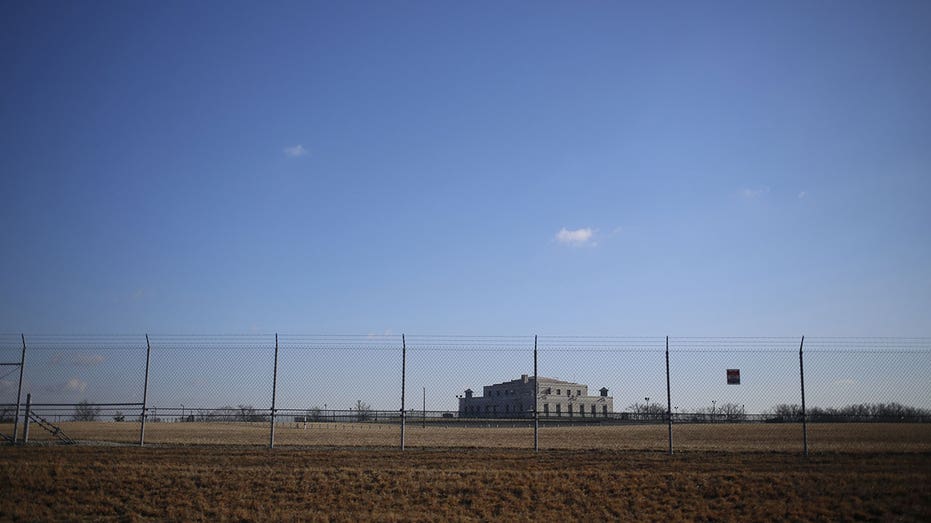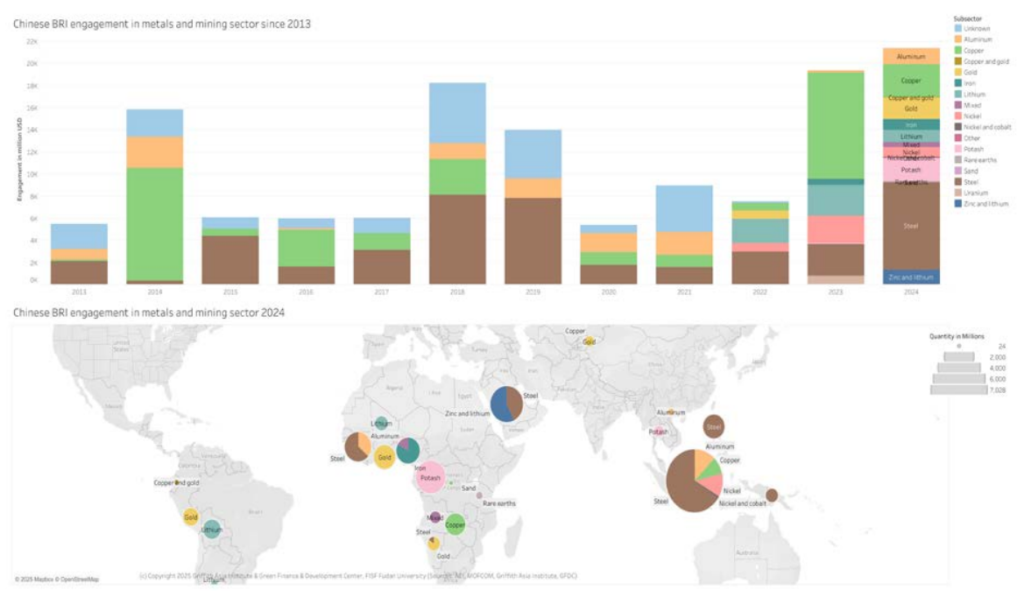Kelowna, British Columbia–(Newsfile Corp. – April 3, 2025) – F3 Uranium Corp. (TSXV: FUU) (OTCQB: FUUFF) (“F3” or the “Company“) announces that pursuant to its previously announced financing with Denison Mines Corp. from October 2023, (“Denison“) (TSX: DML) (NYSE American: DNN) it has elected to settle a portion of the interest owed to date in common shares (the “Debt Settlement”).
The payment to Denison will consist of $225,000 in cash and a total of 562,500 common shares of the corporation at a deemed value of $0.200 per share.
Terms of the Debenture
The Debenture carries a 9% coupon (the “Interest“), payable quarterly, has a maturity date of October 18, 2028, and is convertible at Denison’s option into common shares of the Company at a conversion price of $0.56 per share (the “Conversion Price“). F3, at its sole discretion, may pay up to one-third of the Interest in common shares of F3 issued at a price per common share equal to the volume-weighted average trading price of F3’s common shares on the TSX Venture Exchange (the “TSXV“) for the 20 trading days ending on the day prior to the date on which such payment of Interest is due. Full details of the debenture are noted in the press releases of October 6 and October 18, 2023.
All securities issued pursuant to the Debt Settlement are subject to the approval of the TSX-V and, when issued, a statutory hold period in Canada expiring four months and one day from the date of issuance.
The shares-for-debt transaction was approved by the Company’s Board of Directors pursuant to the terms of the debenture and did not require a formal valuation nor minority shareholder approval pursuant to Multilateral Instrument 61-101.
About F3 Uranium Corp.:
F3 Uranium is a uranium exploration company advancing its newly discovered high-grade JR Zone and exploring for additional mineralized zones on its 100%-owned Patterson Lake North (PLN) Property in the southwest Athabasca Basin. F3 Uranium currently has 3 properties in the Athabasca Basin: PLN, Minto and Broach. PLN is accessed by Provincial Highway 955, which transects the property, and the new JR Zone discovery is located ~25km northwest of the Patterson Lake area, host to Paladin Energy’s Triple R and NexGen Energy’s Arrow high-grade uranium deposits and poised to become the next major area of development for uranium operations in northern Saskatchewan. Fission Uranium, which discovered the Triple R deposit, was acquired by Paladin Energy in a merger inked in June 2024 for an implied total equity value of C$1.14 billion.
The Company’s management, headed up by Dev Randhawa as CEO & Chairman, Raymond Ashley as President, and Sam Hartmann as VP Exploration, is the serially successful team that founded Fission Uranium in 2012 and made the Triple R discovery at Patterson Lake South. Previous to that, the same team founded Fission Energy, making the J-Zone discovery at Waterbury Lake in the eastern Athabasca Basin, and built Fission Energy into a TSX Venture 50 Company.
F3 Uranium Corp.
750-1620 Dickson Avenue
Kelowna, BC V1Y9Y2
Contact Information
Investor Relations
Telephone: 778-484-8030
Email: ir@f3uranium.com
ON BEHALF OF THE BOARD
“Dev Randhawa”
Dev Randhawa, CEO
Forward Looking Statements
This news release contains “forward-looking information or statements” within the meaning of applicable securities laws, which may include, without limitation, statements with respect to the use of proceeds, and the potential for development of new uranium operations in northern Saskatchewan. All statements in this news release, other than statements of historical facts, that address events or developments that the Company expects to occur, are forward-looking statements. Although the Company believes the expectations expressed in such forward-looking statements are based on reasonable assumptions, such statements are not guarantees of future performance and actual results may differ materially from those in the forward-looking statements. Such statements and information are based on numerous assumptions regarding present and future business strategies and the environment in which the Company will operate in the future, including the price of metals, the ability to achieve its goals, that general business and economic conditions will not change in a material adverse manner and that financing will be available if and when needed and on reasonable terms. Such forward-looking information reflects the Company’s views with respect to future events and is subject to risks, uncertainties and assumptions, including those filed under the Company’s profile on SEDAR+. Factors that could cause actual results to differ materially from those in forward looking statements include, but are not limited to, continued availability of capital and financing and general economic, market or business conditions, adverse weather conditions, failure to obtain the necessary equipment or machinery, failure to maintain all necessary government permits, approvals and authorizations, failure to maintain community acceptance (including First Nations), increase in costs, litigation, and failure of counterparties to perform their contractual obligations. The Company does not undertake to update forward-looking statements or forward-looking information, except as required by law.
The TSX Venture Exchange has not reviewed, approved or disapproved the contents of this press release, and does not accept responsibility for the adequacy or accuracy of this release.

To view the source version of this press release, please visit https://www.newsfilecorp.com/release/247324











